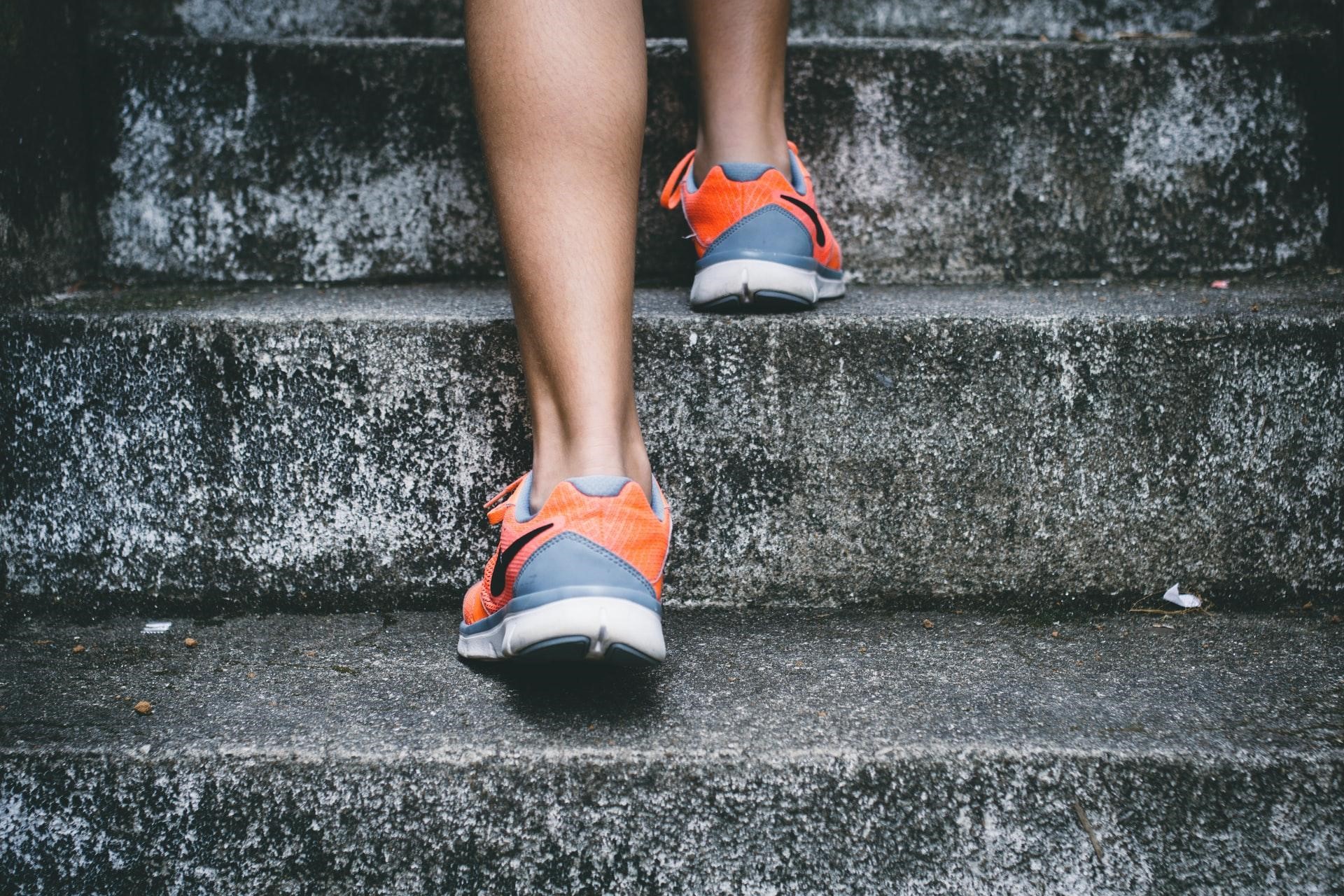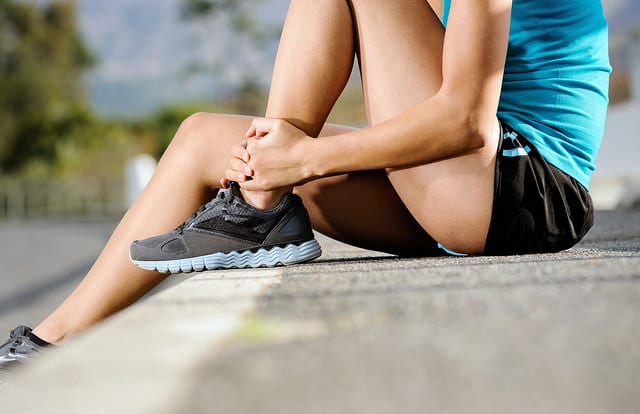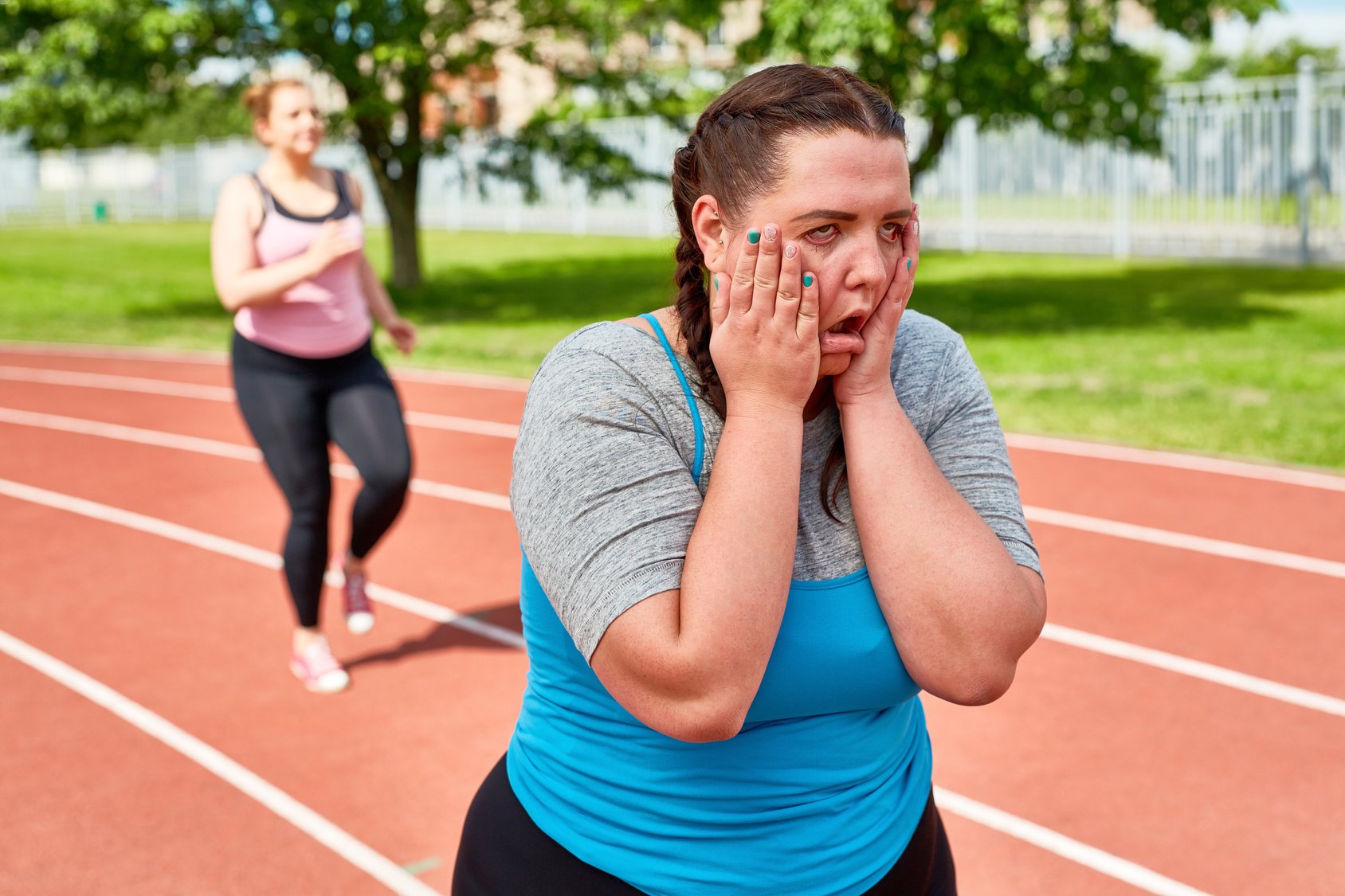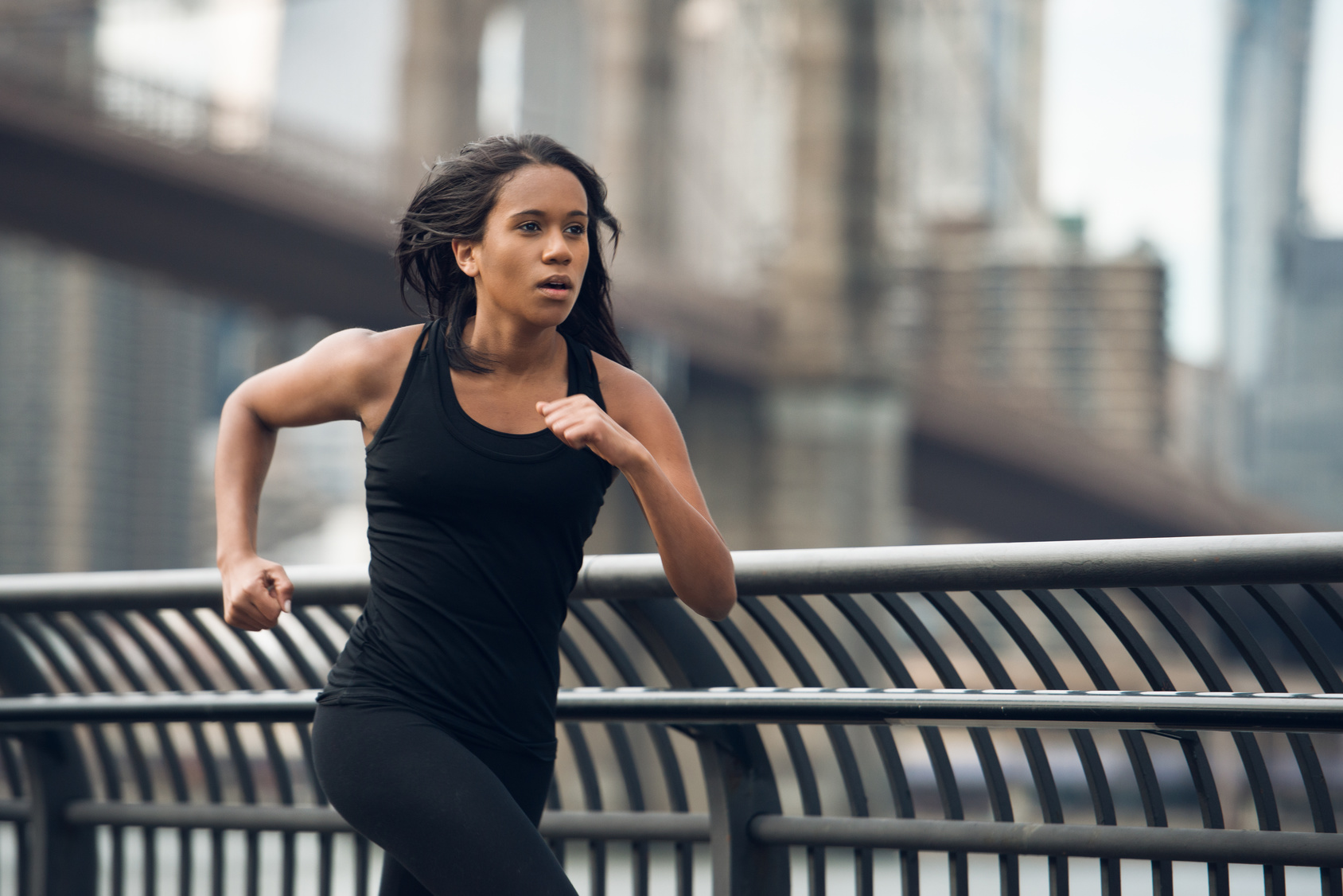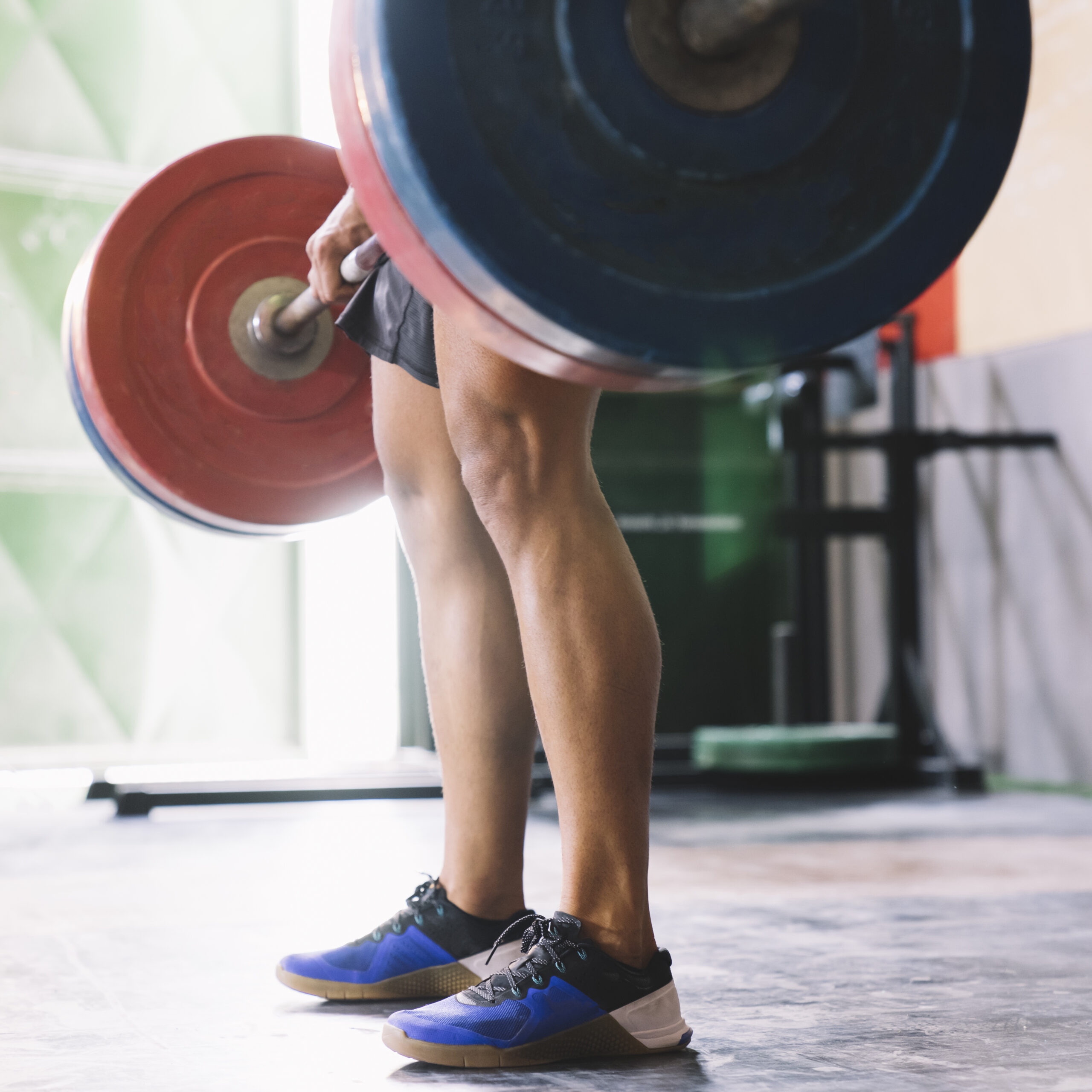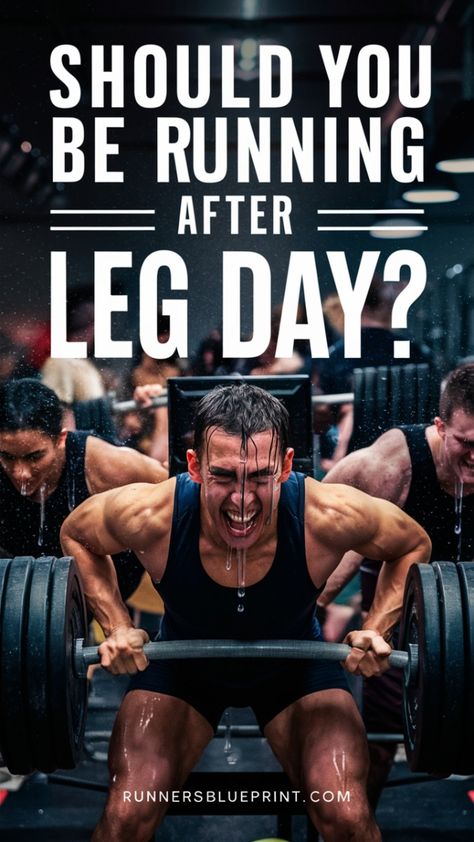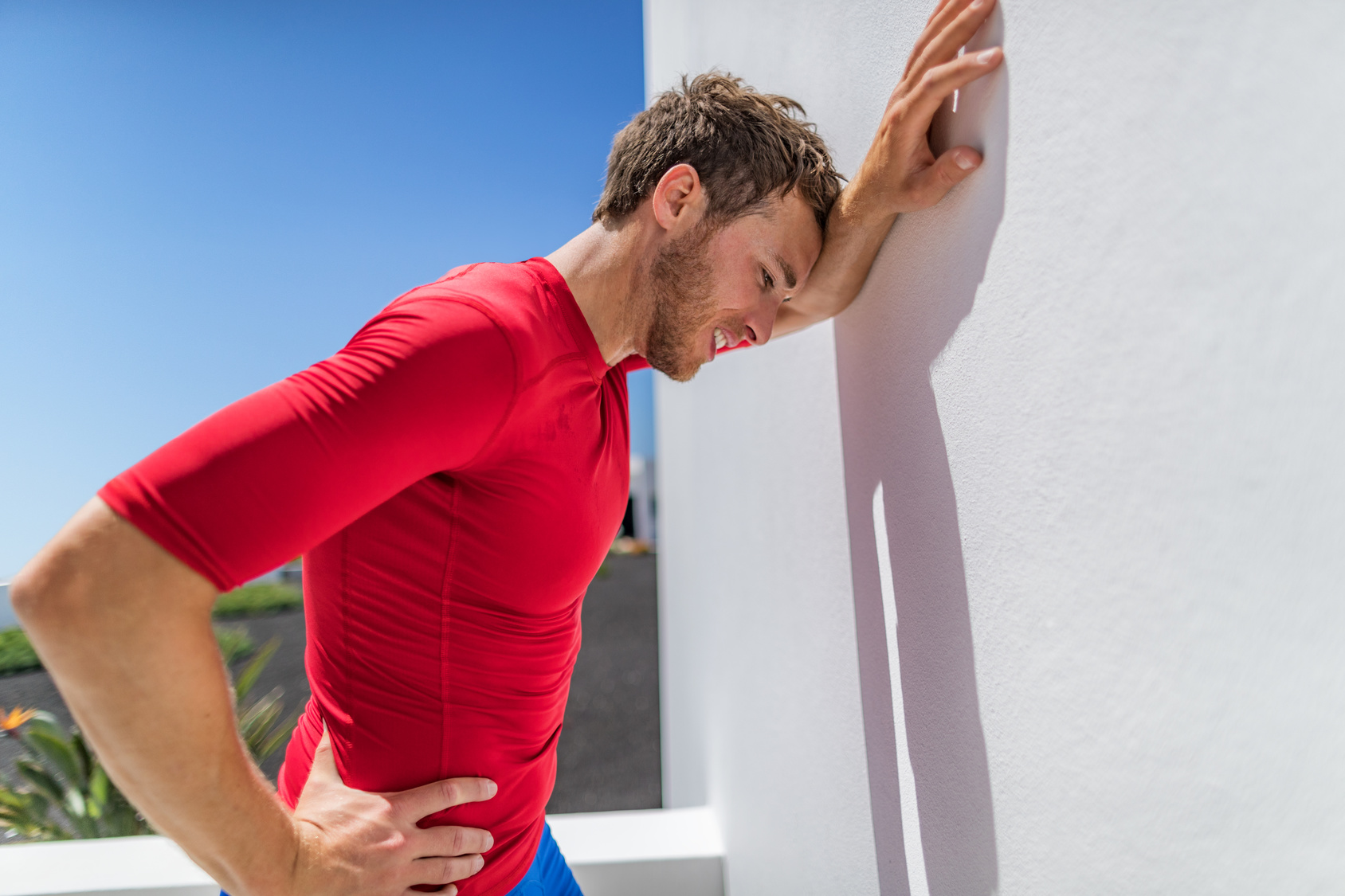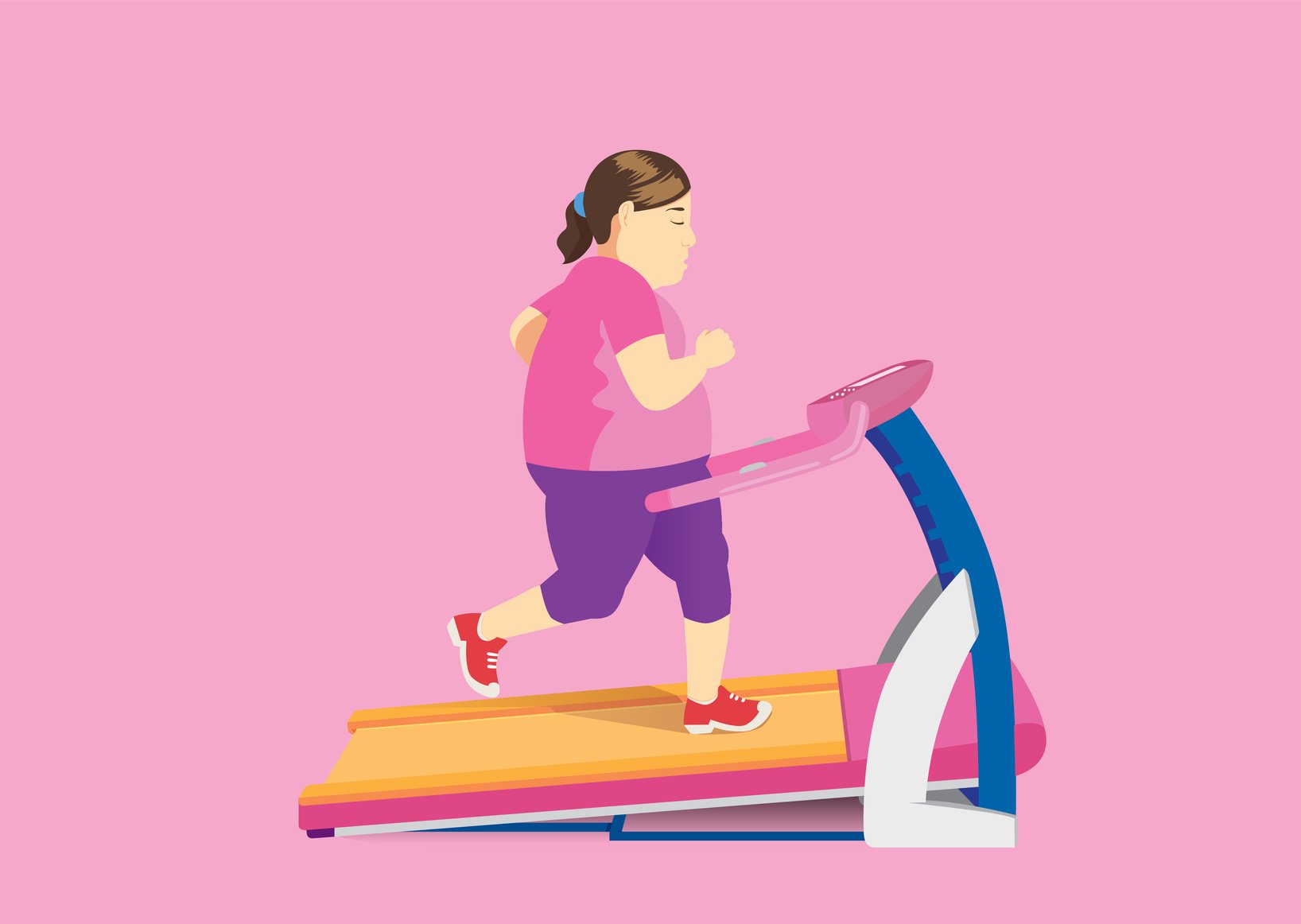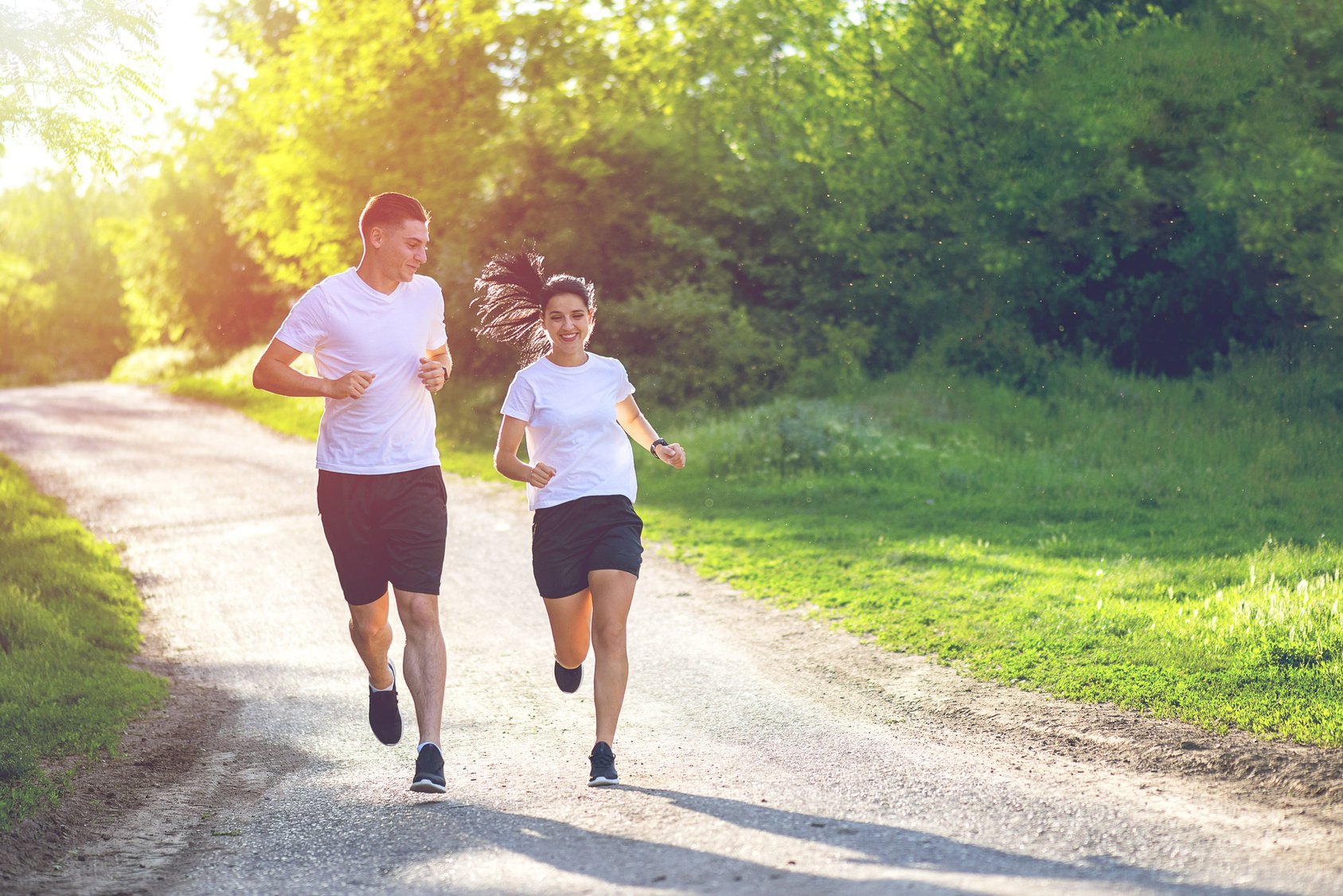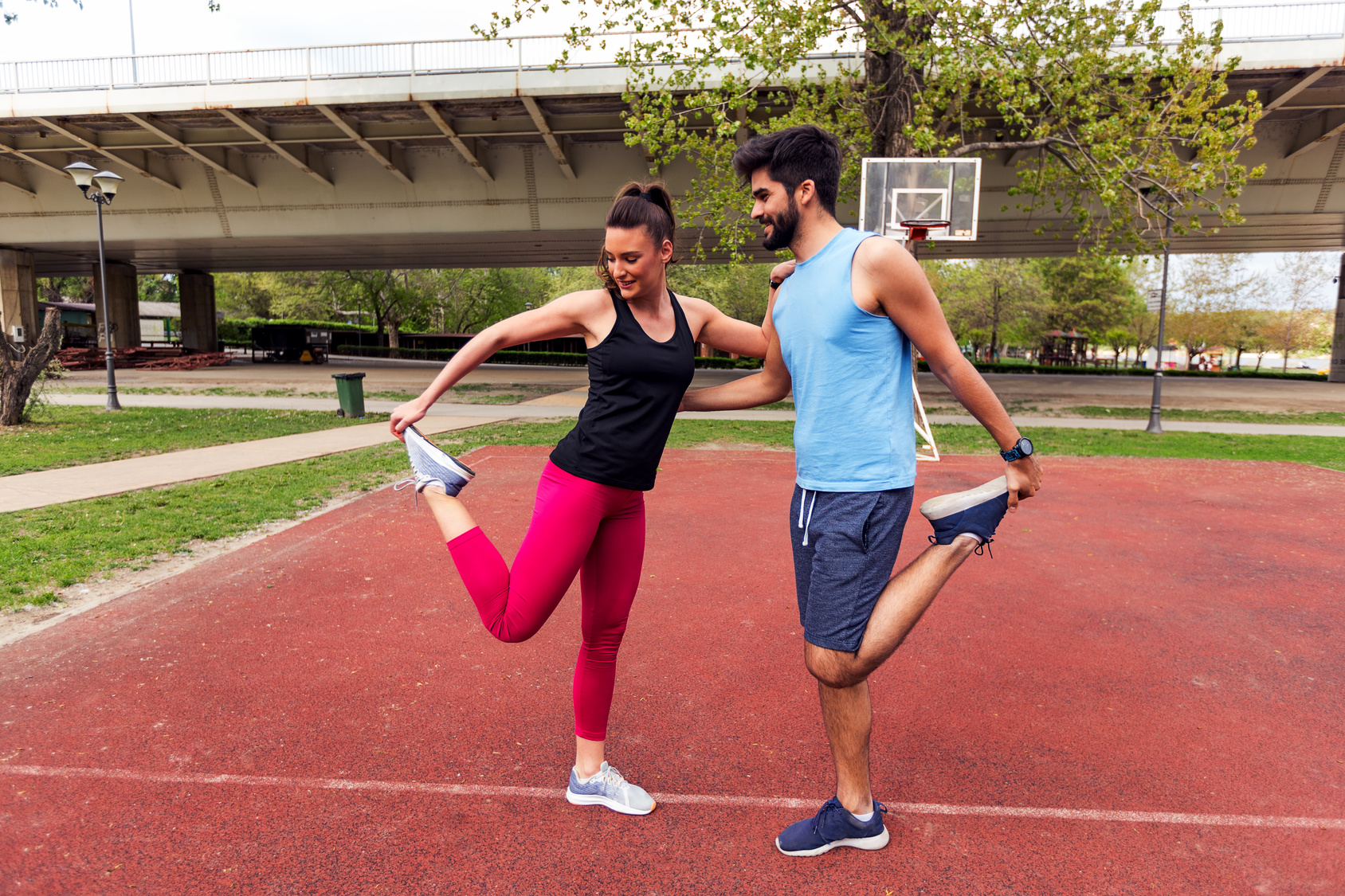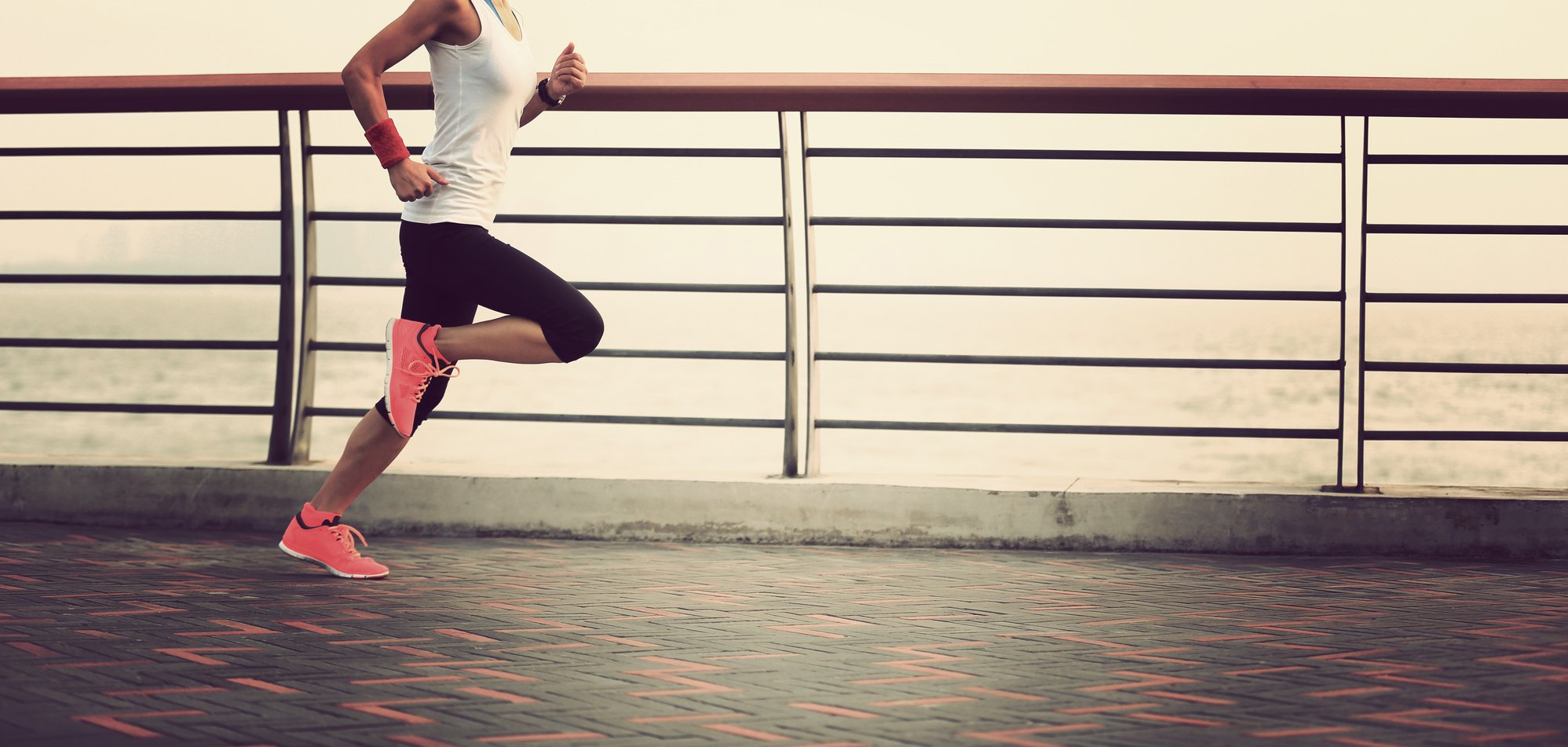Are you an avid runner, lacing up your sneakers for those exhilarating miles?
Fantastic!
But what happens when heel spurs decide to crash your running party?
Don’t hit the panic button just yet.
In this post, we’re diving into the world of heel spurs – what they are, what causes them, and most importantly, how you can conquer them and get back to running pain-free.
So, grab your running shoes, and let’s hit the trail to heel-spur enlightenment!
What Is A Heel Spur?
Heel spurs, also known as calcaneal spurs, are like little bony hitchhikers that set up camp on the underside of your heel bone.
They’re the result of some serious foot drama, with your plantar fascia – that stretchy sole tissue – getting all riled up and irritated.
Your heel spur adventure starts at the front of your heel and then decides to extend its reach towards your arch or even your toes.
Sneaky, right?
But here’s the kicker – this whole process takes months to unfold, so it’s definitely not an overnight sensation.
Now, the painful truth is that heel spurs can, well, hurt like heck.
But here’s a plot twist – some folks have them without even realizing it! How’s that for a surprise party in your shoes?
What’s the root cause, you ask? It’s all about putting too much stress on your foot muscles and ligaments. This excessive load makes your plantar fascia go haywire, stretching it out and causing damage to the protective membrane around your heel bone.
Oh, and here’s a fun fact: if you’ve a history of plantar fasciitis, then you’re at higher risk of these heel spur party crashers. Sure, some of these little rascals might need surgical eviction, but fear not! There are few things you can do that do not require going under the knive (more on this later).
Plantar Fasciitis and Heel Spurs
Let’s clear up a common misconception: just because your heels are singing the blues doesn’t automatically mean those heel spurs are the culprits. You see, there’s another heel villain in town, and its name is plantar fasciitis.
Plantar fasciitis is an inflammation of the plantar fascia, which is basically a fancy name for the stretchy, fibrous band that plays foot-connector linking your heel bone to the ball of your foot.
Now, here’s where it gets interesting – many folks dealing with plantar fasciitis might also have some heel spurs hanging around in the background.
But let’s set the record straight: heel spurs aren’t the puppet masters behind plantar fasciitis. They might be party crashers, but they’re not responsible for starting the party in the first place.
Additional resource – Guide to big toe pain from running
Causes Of Heel Spurs In Runners
Many things can put extra stress on the heel bone to the point that it forms spurs.
These include:
- Overstretching of the plantar fascia
- Damaging the foot muscles and ligaments
- Continuous tearing of the thin lining of the heel bone
There are also some risk factors to pay attention to, such as:
- Improper running shoes without proper cushioning and arch support
- Gait abnormalities that affect the feet in general
- Excess weight or obesity
- Spending a long time on the feet
- Running on hard or uneven surfaces
- Diabetes
- Aging
- Running gait abnormities, especially when it places extra stress on the heel bone, ligaments, and nerves in and around the heel.
- Having either flat feet or high arches
The Good News
Now, don’t let the specter of heel spurs haunt your dreams – they often fly under the radar, causing no mischief at all. In fact, studies have shown that a whopping 95% of heel spur carriers live in blissful ignorance with no foot pain to report.
But, and there’s always a ‘but,’ when you’re an avid runner, heel spurs might decide it’s time to crash your pain-free party.
Common symptoms include:
- Pain that sets up camp on the inner or middle part of your heel.
- The unwelcome wake-up call – pain when you take your first steps out of bed in the morning.
- The post-sitting pitfall – discomfort that sneaks up after lounging and then disappears after a few minutes of walking.
- A tiny, unexpected guest – the formation of a small lump in the affected area.
- Pain that plays hide and seek, getting worse when you’re on the run or engaging in high-impact activities.
How To Deal With Heel Spurs While Running
Dealing with heel spurs when you’re a runner can be a tricky task. But worry not; here’s your game plan for managing heel spurs effectively while hitting the pavement:
Rest
Begin with the golden rule – rest. Reduce your mileage and consider taking a break from training altogether. This is especially important if you suspect that your heel spur symptoms have flared up due to a sudden increase in training intensity.
Ice It
To find relief from the pain, ice the affected area using a frozen water bottle. The sooner you apply ice when you notice symptoms, the better the results.
Here’s how to do it:
Gently roll the affected part of your foot back and forth over the frozen bottle for about 15 to 20 minutes. Repeat this icing routine three to four times a day. Alternatively, you can opt for a simple ice pack or ice wrap to ease the discomfort.
Massage The Spur
Another approach to alleviate the discomfort is through massage. Not only does it feel wonderful, but it can also provide temporary relief from heel pain and enhance blood circulation in the area. In fact, it’s often more effective than merely resting your feet.
Here’s how to do it:
Begin by gently massaging the affected area with your thumb.
Gradually increase the pressure until you’re applying firm but comfortable force.
Be cautious not to overdo it, as excessive pressure may exacerbate the pain.
Stretching
Stretching can be a highly effective method to ease heel pain. It targets not only the calf muscles but also other muscles in the lower legs. You can incorporate these stretches into your daily routine, with a special focus on post-run sessions or before bedtime.
Some of the best stretches for heel pain include:
Calf stretch against the wall
Seated foot flexes
Towel grabs with your toes
Calf stretches on a stair
Golf/tennis ball foot rolls
Try Essential Oils
Another avenue to consider is the use of essential oils. Some essential oils possess potential anti-inflammatory properties, which can help alleviate swelling and pain. Although scientific research on their efficacy is ongoing, it might be worth giving them a shot.
Here are a few essential oils to consider:
- Lavender oil
- Fennel oil
- Thyme oil
- Rosemary oil
- Bergamot oil
- Eucalyptus oil
Essential oils are generally affordable, non-invasive, and carry minimal to no side effects unless you have a history of dermatitis.
Try OTC Drugs
For managing heel spurs, over-the-counter anti-inflammatory medications like naproxen and ibuprofen can be an option. These drugs can help reduce swelling and alleviate pain.
However, it’s crucial to exercise caution. Prolonged use of such medications without medical supervision can lead to side effects. Typically, these drugs should not be used for more than four weeks without your doctor’s approval.
Common over-the-counter medications to consider include:
- Aspirin
- Acetaminophen (Tylenol)
- Ibuprofen (Motrin, Advil)
Before introducing any new medications, especially if you are already dealing with kidney or liver issues, it’s essential to consult your healthcare provider.
Additionally, certain medications like blood thinners should be approached with care and discussed with a medical professional.
Try Supportive Shoes & Orthotics
Opting for running shoes designed with thicker soles and extra cushioning can be beneficial in managing heel spurs. When your foot makes contact with the ground during running, it experiences significant stress, potentially causing small tears or microtrauma in the plantar fascia tissue.
Utilizing well-cushioned shoes or incorporating shoe inserts can help alleviate this stress.
Moreover, exploring the use of pre-made or custom orthotics and shoe inserts may provide added comfort and support, potentially reducing discomfort associated with heel spurs.
Injections
For individuals dealing with chronic pain resulting from heel spurs, a medical professional might recommend corticosteroid shots.
Cortisone, a synthetic derivative of natural cortisone, falls within the corticosteroid family.
Typically, these steroids are administered via a thin needle into the area of most intense pain and inflammation. The primary objective is straightforward: reduce inflammation in specific regions of the body.
This, in turn, aims to alleviate discomfort and expedite the healing process. It’s essential to note that while corticosteroid shots can provide relief, they may not offer a complete solution to the problem.
Surgery
In the event that all non-invasive methods fail to alleviate the discomfort caused by heel spurs, surgical intervention may become the final option. This surgical procedure typically involves the removal of the heel spur and, in some cases, the release of the plantar fascia.
Following the surgery, individuals may need to utilize bandages, casts, splints, crutches, and specialized surgical shoes during the recovery process. It’s essential to be aware of potential complications associated with heel surgery, including recurrent heel pain, nerve damage, infection, permanent numbness in the affected area, and scarring.
A full recovery post-surgery may require a significant amount of time, during which individuals may not be able to place weight on the operated foot. It’s important to maintain mobility while proceeding cautiously.
It’s worth noting that approximately 90 percent of individuals with heel spurs experience improvement through non-surgical, non-invasive treatments, many of which have been discussed in this article.
Heel spurs in Runners – The Conclusion
Heel spurs are one of many running problems. It’s not a death sentence for runners since there are a lot of treatment options. Assess your risk and fix the problem earlier so you won’t suffer more.

